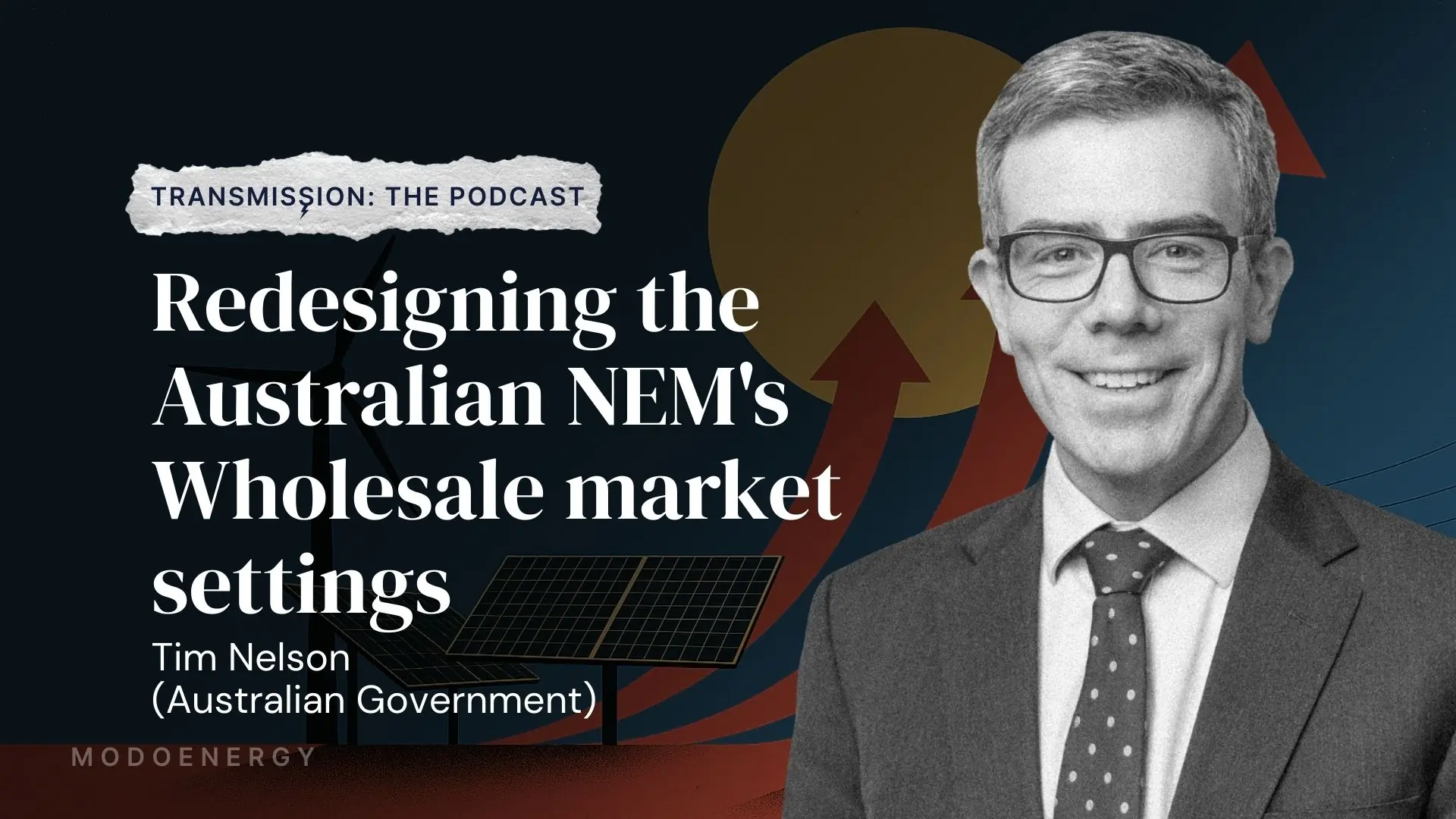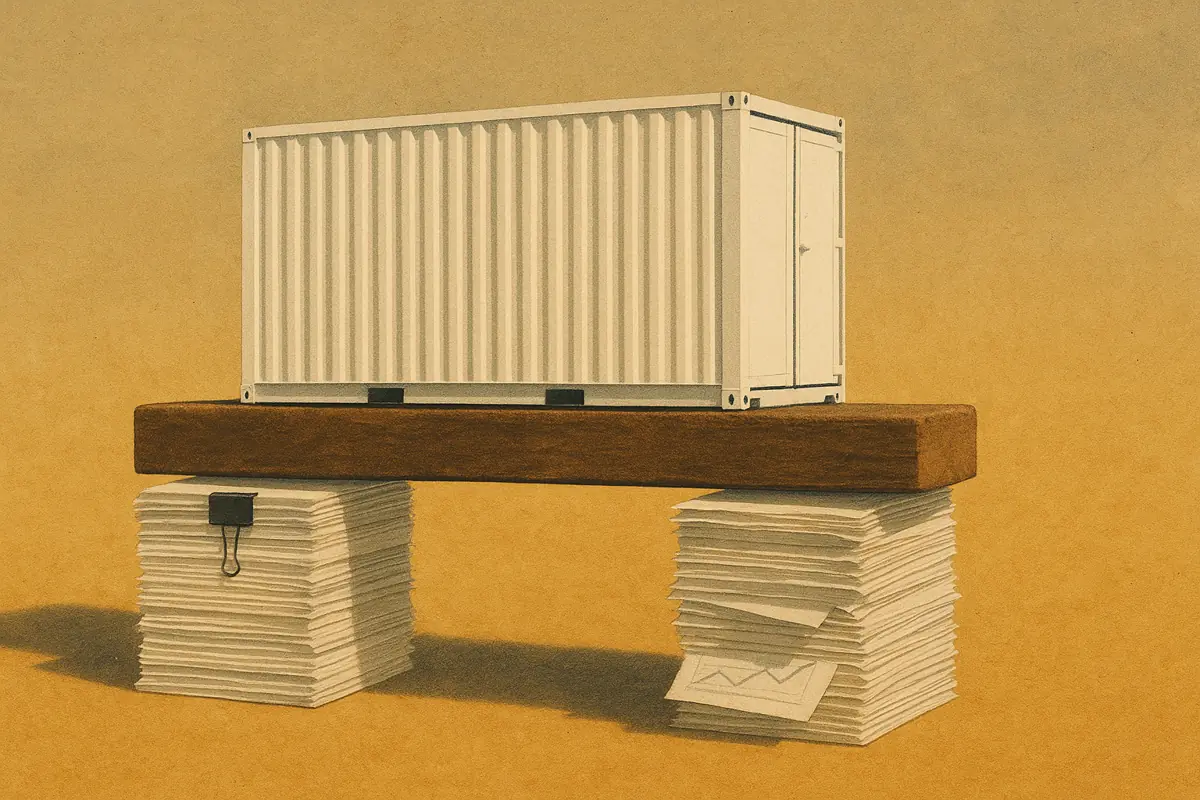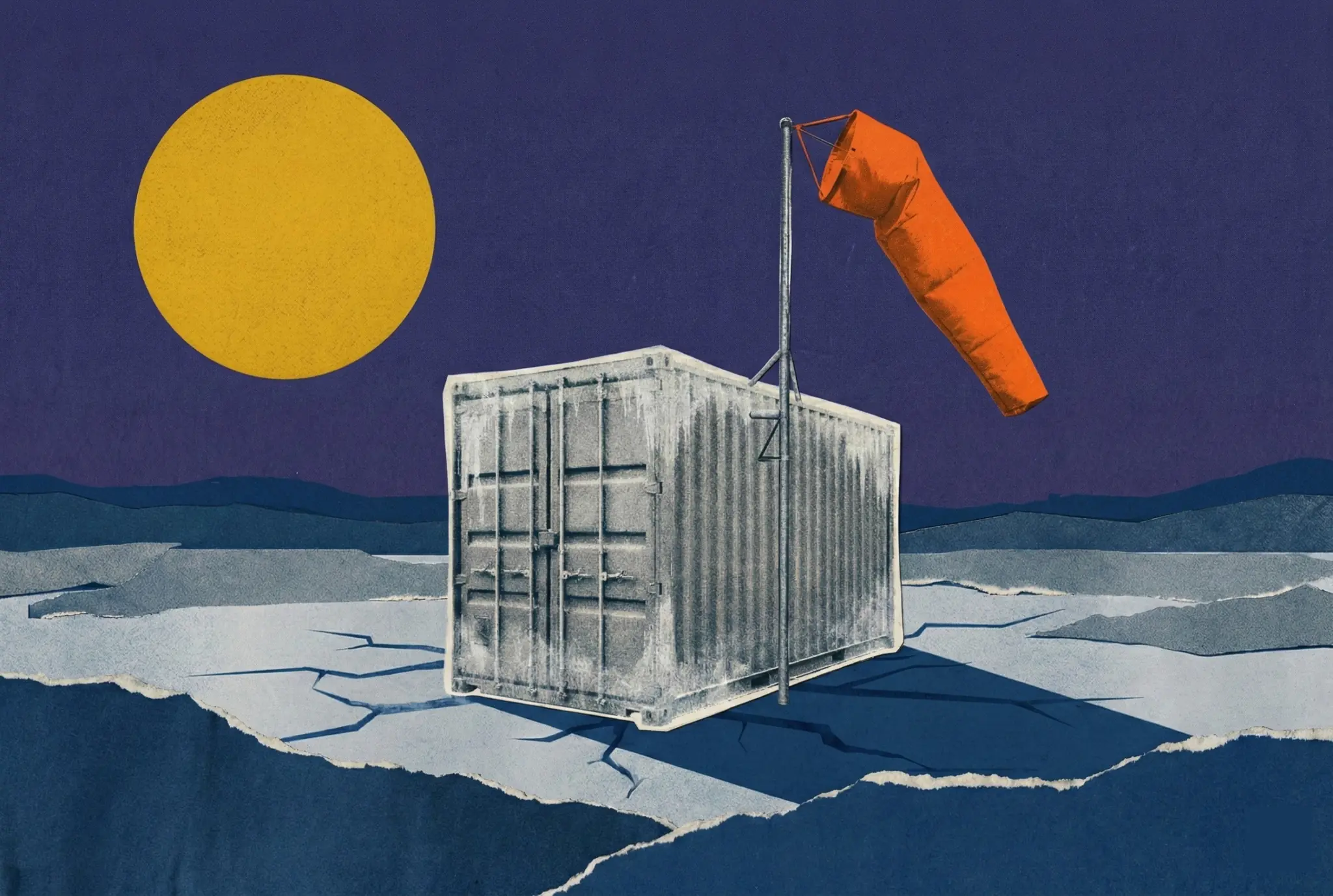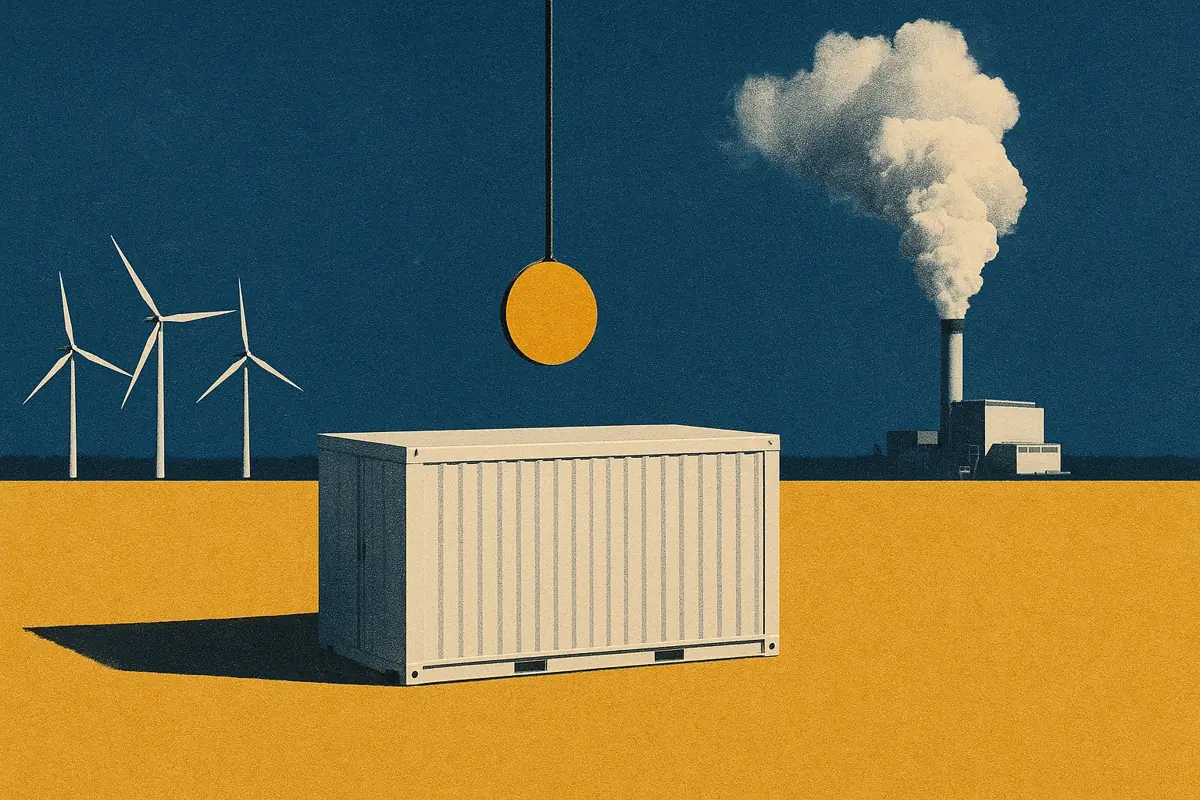This article brings together Modo Energy’s key Australian BESS research and analysis from Q3 2025 — covering battery energy storage revenues, market design, and build-out trends in the NEM.
You can jump to the section that interests you most — use the headings on the side to navigate.
In brief:
- Benchmarking & Revenues: Volatility, and revenues, dropped in Q3, although FCAS islanding in Queensland and South Australia propped up earnings in these states. Cap contracts exist as an option for battery traders to manage this volatility.
- Markets & Policy: The Nelson Review proposed a new long-term support mechanism, to replace the existing CIS. 4 GW of new BESS projects were awarded agreements in the latest CIS tender. However, for these and other systems offtake contracts remain crucial.
- Buildout & Pipeline Trends: New batteries in the NEM are increasingly using grid-forming inverters, and being co-located with renewables. There are also signs that BESS projects are coming online quicker.
To keep up to date with all of Modo Energy’s latest insights, sign up to The Weekly Dispatch.
Benchmarking & Revenues
1. Volatility dropped from Q2 but BESS profited from high FCAS Contingency prices
NEM-wide BESS revenues averaged $152k/MW/year in Q3 - above the 12 month average but below the $192k/MW/year recorded in Q2. This fall was down to a reduction in energy volatility from June’s highs, although revenues were propped up by periods of high Lower Contingency FCAS prices.
September recorded the lowest monthly revenues since April, but Queensland batteries bucked the trend thanks to increased FCAS value. In July and August South Australian batteries were the ones to profit from high FCAS prices - this is all down to “FCAS islanding”.
Find more within each of our monthly benchmark articles:
2. FCAS islanding drove uplift for South Australian and Queensland BESS, but how long can this continue for?
FCAS islanding occurs when FCAS is procured specifically within a given state, as protection from that region being cut off from the rest of the NEM. This specifically occurs in South Australia and Queensland, and led to batteries in both regions seeing increased value in Q3.
South Australian BESS in particular profited from FCAS islanding in Q3, with extreme prices in the Lower 1-second market meaning state-wide revenues exceeded those in June 2025. This was down to increases in local procurement of the service of between 85 and 100 MW.
This shows just how shallow the events that have caused these increases in FCAS value are. 200 MW of additional BESS capacity is in commissioning in South Australia, and 700 MW in Queensland. With even more capacity coming online beyond these systems in both states, revenue opportunities from FCAS islanding events may be short-lived.
Read the full article here.
3. Cap contracts provide a way for batteries to navigate volatility
The last two quarters show the volatility that batteries can see in monthly revenues via the spot market. Cap contracts, quarterly products traded on the forwards market, provide a route for batteries to reduce volatility in earnings and earn additional uplift.
While selling cap contracts can limit some of the upside available to batteries, on the whole they increase the floor of revenues. Using the example of Ballarat, since 2022 a battery in Victoria would more than double its median quarterly earnings through a cap strategy.
To find out more about caps, read the full article here.
Markets & Policy
4. The Nelson Review proposes introducing a long-term support mechanism for new capacity in the NEM
The Nelson Review delivered its draft report with recommendations on reforms to the NEM in July. The main focus has been on the ESEM - it’s recommendation for a long-term replace for the Capacity Investment Scheme (CIS).
The ESEM would be integrated with a reformed derivatives market, providing a long-term top up to shorter-term revenues available through the market. Prices and contracts would be determined via competitive auctions, with improved transparency compared to today’s CIS auctions.
Read the full article on the first recommendations of the Nelson Review here.
5. Latest Capacity Investment Scheme results announced but progress remains slow
The CIS continues to progress in the meantime. In September, results of the latest tender were announced with a record 4 GW of BESS projects awarded agreements through the scheme. This is double the existing capacity awarded CIS agreements through the two previous tenders.
Progress of projects with agreements through previous CIS tenders has been slow. 40% of BESS capacity from the first CIS tender has progressed past FID, but none yet from the second tender. Results from the next CIS tender round for generation (included hybrid BESS) are expected in Q4 2025.
Read the full article on the latest CIS tender here.
6. New virtual toll, revenue swaps and PPAs announced with offtake contracts remaining critical to financing new BESS
Securing a long-term offtake agreement remains crucial for most new BESS projects obtaining financing. The market is increasingly moving away from traditional physical tolls, towards financial derivative-based contracts such as virtual tolls.
The latest two announced offtake contracts means that 50% of contracted BESS capacity is now via one of these alternative offtake agreements. In September, Neoen announced a firmed PPA with BHP, and Akaysha Energy a virtual toll with Snowy Hydro.
Two articles on BESS offtake agreements were published in Q3:
Buildout & Pipeline Trends
7. Grid-forming becoming the norm for BESS in the NEM
There are currently twelve grid-forming batteries in the NEM, with eleven of these funded directly by ARENA. However the technology is swiftly becoming the default for new BESS projects. Half of pipeline capacity has already announced use of grid-forming inverter technology.
Grid-forming inverters open up new revenue streams for batteries in the NEM. As well as reducing system strength charges, grid-forming batteries can participate in tenders for network support contracts, such as that recently announced by Transgrid.
Two articles on grid-forming were published in Q3:
8. Co-location is also on the rise
While only 0.6 GW of co-located batteries are currently operational in the NEM, there is significant capacity in the pipeline. Another 5 GW of co-located batteries are in our pipeline, scheduled to enter the system by the end of 2028. Most of this is co-located with solar.
Co-location can impact the operations and revenue earning potential of hybrid batteries. However the impact is different for solar and wind co-located systems. Co-location with wind causes greater reductions in BESS earning potential. This leads to co-located BESS to be a much smaller proportion of capacity when located with wind, than with solar.
Two articles on co-location were published in Q3:
9. Buildout timelines could be falling thanks to accelerated construction
In addition to the 3.6 GW already operating, an additional 10 GW of BESS projects have passed FID in the NEM. The majority of these projects are expected to come online in the next two years - the average battery in the NEM takes 16.2 months to construct, with a further 3.4 months for commissioning.
Construction timelines increased significantly for projects commencing after April 2021, compared to the earliest systems coming online. However there are signs construction is speeding up. Two of the most recent systems to connect to the grid, Templers and Ulinda Park, were constructed in under 12 months.
For more on constrution and commissioning timelines for BESS, read the full article here.







